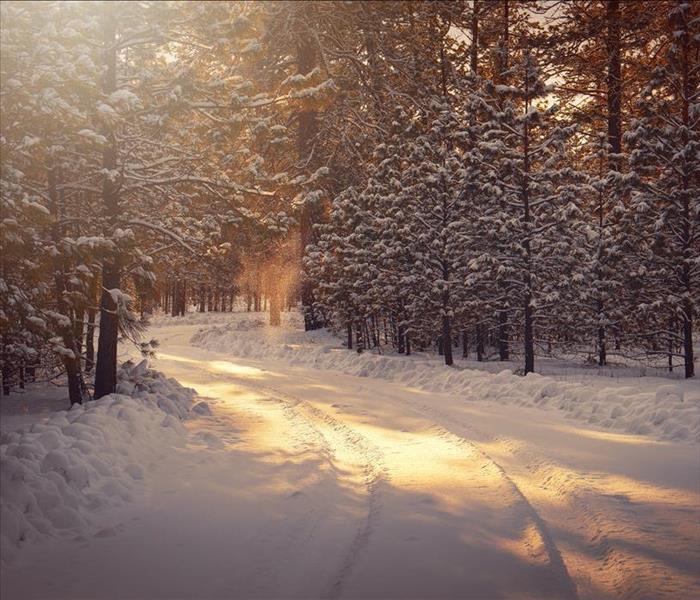3 Essential Steps to Prepare Your Home for Cooler Weather and Prevent Water Damage
10/18/2023 (Permalink)
 Seattle isn't known for its snow, but it still happens here. Make sure your home is prepared, just in case.
Seattle isn't known for its snow, but it still happens here. Make sure your home is prepared, just in case.
As the temperature starts to drop and the leaves change color, homeowners need to prepare for the incoming cooler weather. One of the most significant threats to your home during this season is water damage. Rain, snow, and freezing temperatures can wreak havoc on your property if you're not adequately prepared. To help you safeguard your investment and maintain your home's integrity, here are three essential steps you should take to prevent water damage during the colder months.
1. Clean and Inspect Your Gutters and Downspouts
Your gutters and downspouts are your home's first line of defense against water damage. They are responsible for directing rainwater and melted snow away from your foundation and walls. However, if they are clogged with leaves, debris, or other obstructions, they won't be able to do their job effectively. Here's what you should do:
Clean Your Gutters: Remove leaves, twigs, and any other debris that may have accumulated in your gutters. This will ensure that water can flow freely through them.
Inspect for Damage: Check your gutters and downspouts for any signs of damage, such as rust or cracks. Replace any damaged sections to maintain their efficiency.
Consider Gutter Guards: Installing gutter guards can help prevent leaves and debris from clogging your gutters in the future.
By ensuring your gutters and downspouts are in good working condition, you can prevent water from overflowing and potentially seeping into your home's foundation or causing other forms of water damage.
2. Seal Any Cracks and Gaps in Your Home's Exterior
The smallest cracks and gaps in your home's exterior can become major entry points for water during cooler weather. Water infiltration can lead to structural damage, mold growth, and higher energy bills. To prevent these issues, follow these steps:
Inspect Your Home's Exterior: Carefully examine your home's exterior for cracks, gaps, or deteriorating caulk around windows, doors, and other openings.
Seal Cracks and Gaps: Use caulk or weatherstripping to seal any cracks or gaps you find. Pay special attention to areas where different building materials meet, as these are common trouble spots.
Consider Insulating Your Home: Proper insulation can not only prevent water infiltration but also help maintain a comfortable indoor temperature and reduce energy costs.
By proactively sealing any potential entry points for water, you can keep your home warm and dry during the colder months.
3. Winterize Your Plumbing System
Frozen pipes are a common problem during the winter, and they can lead to significant water damage if they burst. To prevent this, take the following steps to winterize your plumbing system:
Insulate Pipes: Insulate exposed pipes in unheated areas of your home, such as the attic or crawl spaces. Use pipe insulation or heat tape to keep them warm.
Drain Outdoor Faucets: Disconnect hoses and drain outdoor faucets to prevent water from freezing in the pipes.
Keep the Heat On: If you're leaving your home for an extended period during the winter, be sure to keep the heat on at a minimal temperature to prevent pipes from freezing.
By properly winterizing your plumbing system, you can avoid the costly and messy aftermath of burst pipes.
Preparing your home for cooler weather is crucial to prevent water damage and keep your property in excellent condition. By cleaning and inspecting your gutters, sealing cracks and gaps, and winterizing your plumbing system, you'll be well-equipped to face the challenges of the colder months. These simple steps can save you money, time, and a lot of headaches in the long run, ensuring your home remains a safe and comfortable haven throughout the winter season.






 24/7 Emergency Service
24/7 Emergency Service